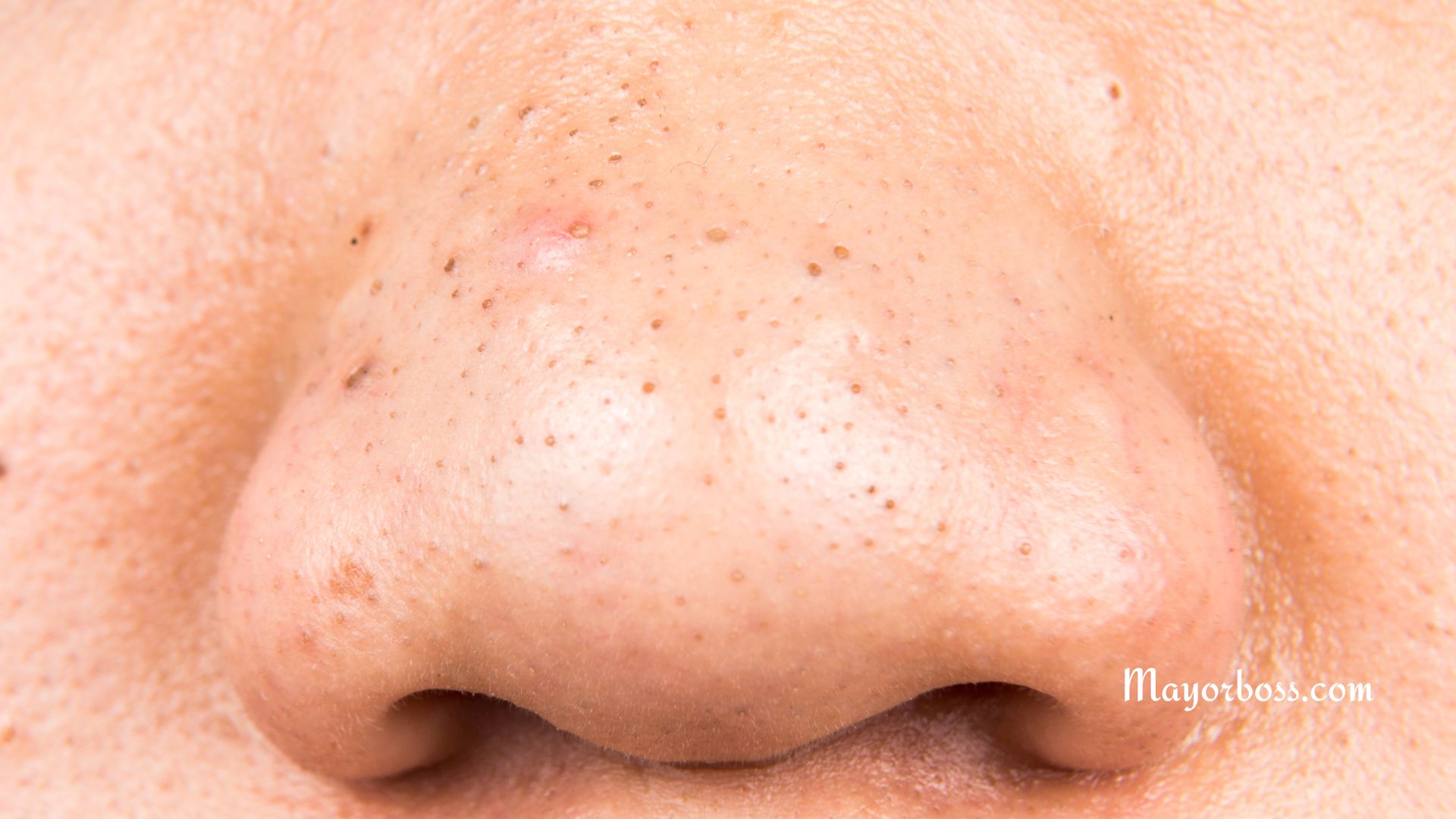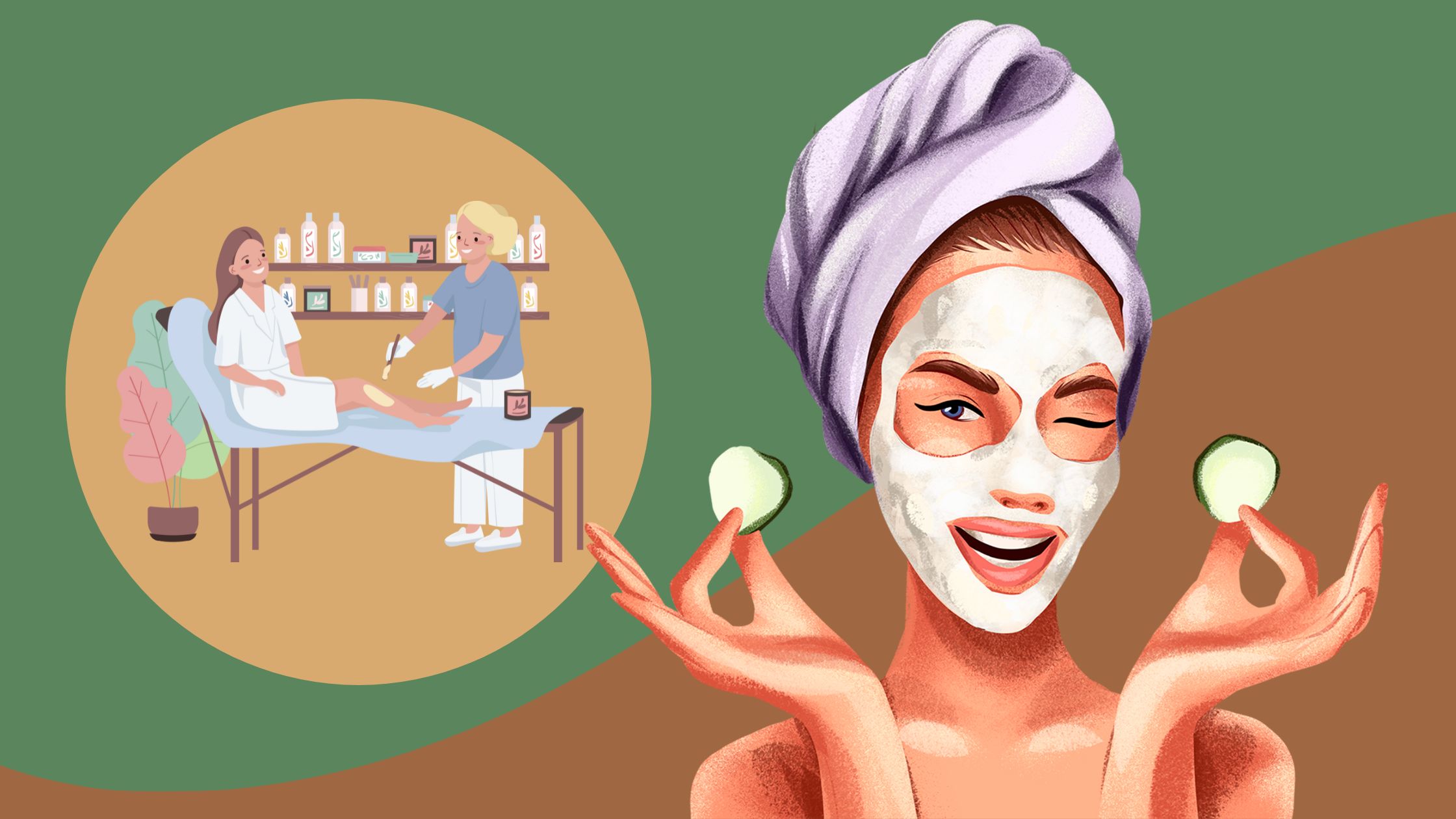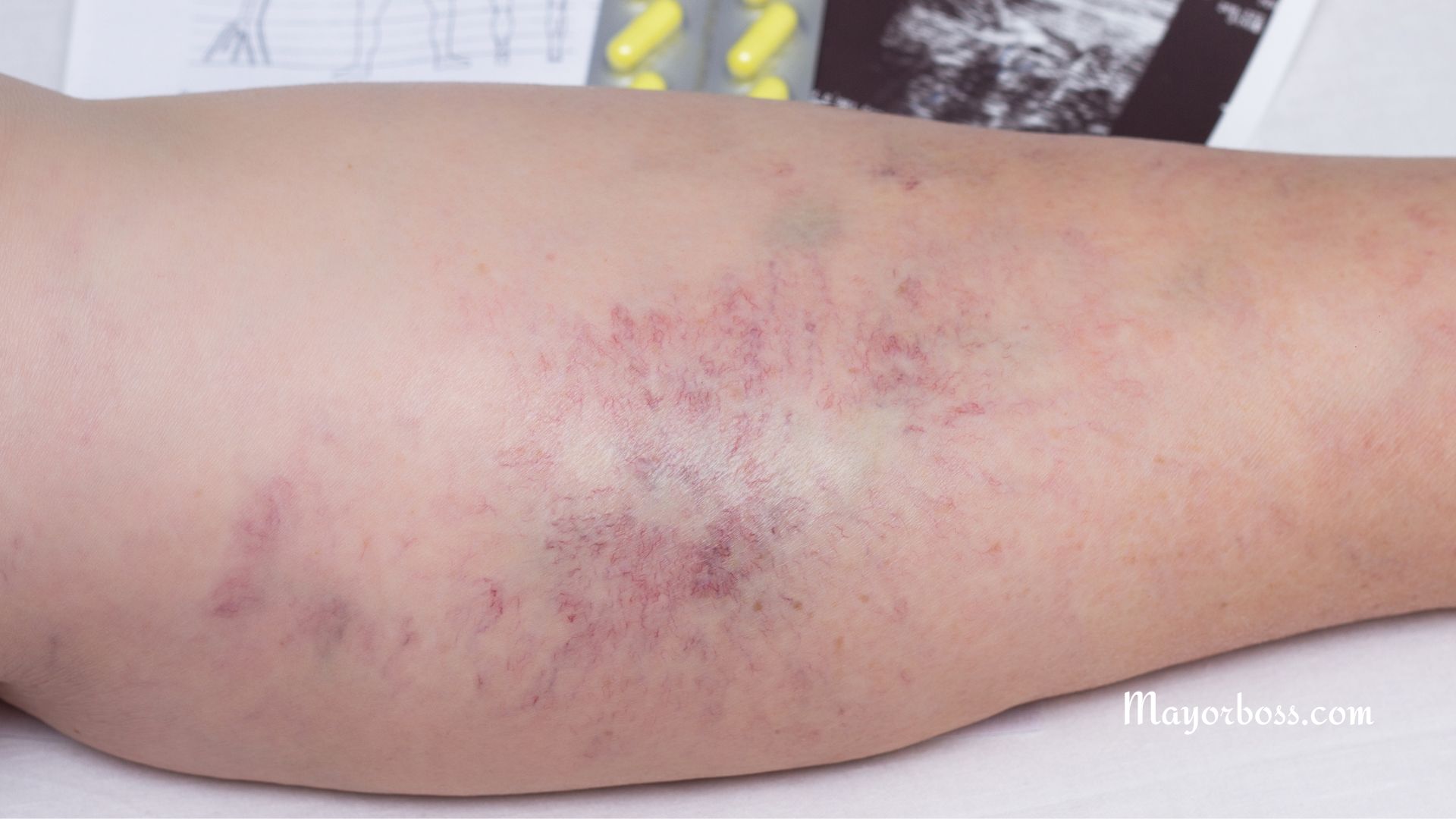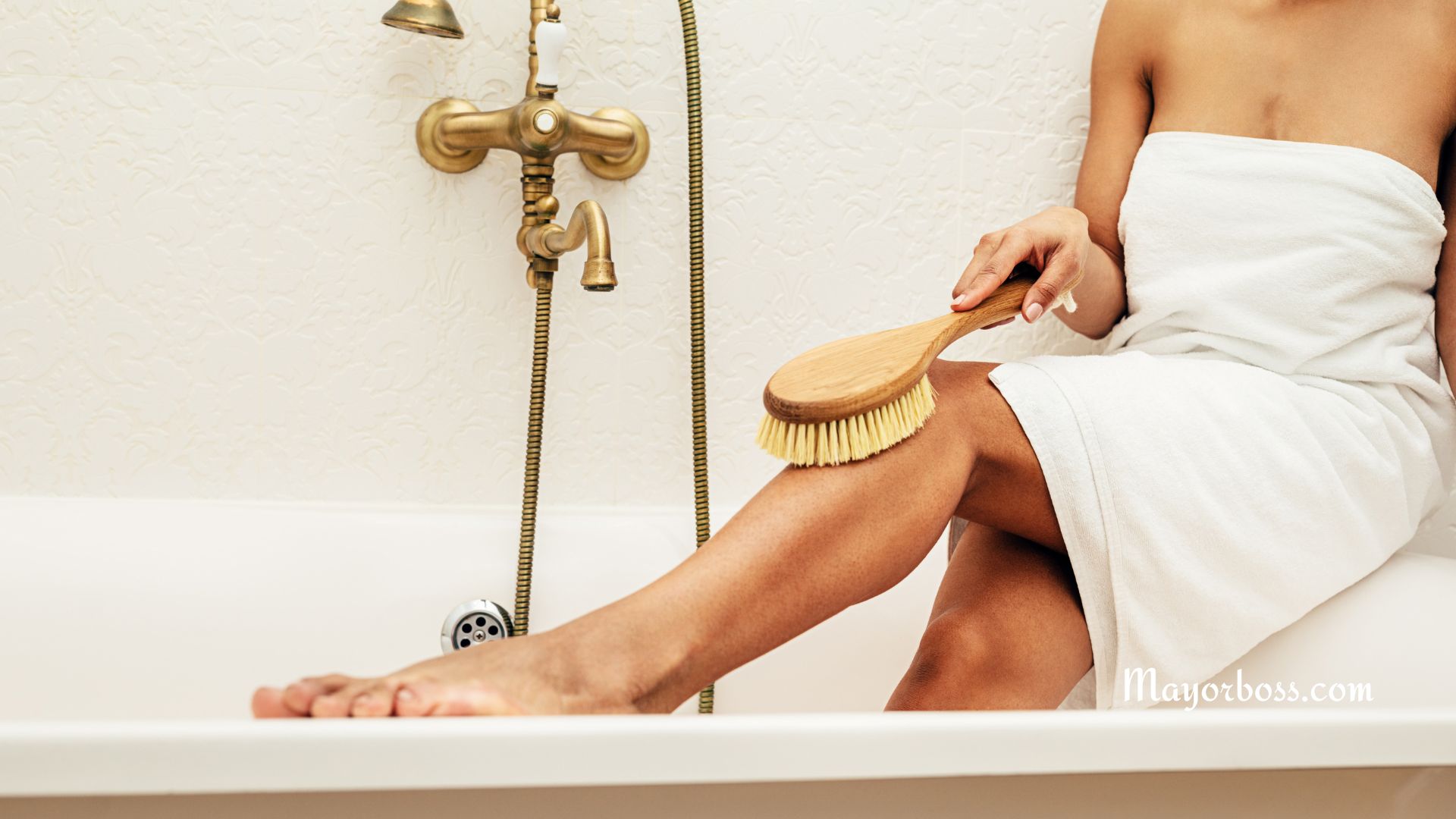Head Lice: What You Need to Know
Head lice are tiny insects that live on the human scalp and feed on blood. Anyone can get head lice. Although, they are particularly common among children and can spread easily through close personal contact and by sharing personal items. While head lice can be annoying and cause itching, they don’t spread disease and are not a sign of poor hygiene. Effective treatment is available and usually involves special shampoos or Benzyl alcohol lotion, 5% that kill the lice.
Here are some key characteristics:
- Size: About the size of a sesame seed.
- Color: Ranging from brown to grayish-white.
- Life Cycle: Eggs, nymphs (young lice), and adult lice.
- Transmission: Through direct head-to-head contact.
Signs of Head Lice
If you or your child have head lice, you may notice the following symptoms:
- Frequent head-scratching: This is often the first sign, and it’s caused by an allergic reaction to the bites.
- Visible Lice or Eggs (Nits): You may see the tiny lice moving or the nits attached near the base of the hair shaft.
- Irritability and Difficulty Sleeping: Head lice are more active in the dark, so they may cause sleep disturbances.
How Head Lice Spread
Head lice can’t jump or fly, but they can crawl quickly. Here’s how you might get them:
- Close Personal Contact: Such as hugging or cuddling.
- Sharing Personal Items: Like combs, brushes, hats, or hair accessories.
- Common Furniture: Like beds or couches where an infested person has been.
Treating Head Lice
Selecting a Treatment
Several over-the-counter products are specifically designed to kill head lice and are approved by the FDA. Look for these options:
- Shampoos and Cream Rinses: Containing pyrethrin or permethrin.
- Lotion Treatments: With Malathion lotion, 0.5%, or Ivermectin lotion, 0.5%, or Benzyl alcohol lotion, 5%.
Consult your healthcare provider if you’re pregnant or treating a young child.
Applying the Treatment
Follow these steps to ensure effective treatment:
- Read Instructions: Follow the package directions closely.
- Apply the Product: Apply the treatment to dry or wet hair, depending on the instructions.
- Wait and Rinse: Leave the product on for the recommended time, then rinse.
- Repeat if Necessary: Some treatments require a second application.
Combing the Hair
Using a fine-toothed nit comb, you can remove dead head lice and eggs. Here’s how:
- Section the Hair: Work with small sections to ensure thorough combing.
- Comb from Scalp to Ends: Focus on the areas close to the scalp where lice and nits are most common.
- Clean the Comb: Regularly rinse the comb to remove any caught lice or eggs.
- Repeat Daily: Continue combing daily until no more lice or eggs are found.
Prevention Tips
Here are some steps you can take to avoid getting or spreading head lice:
- Avoid Head-to-Head Contact: Teach children to avoid close head contact with others.
- Clean Personal Items: Wash clothing, bedding, and personal care items that have been in contact with the infected person.
- Don’t Share Personal Items: Such as combs, brushes, or hats.
- Use Preventive Products: Some shampoos and sprays are formulated to repel lice.
- Regular Checks: Regularly inspect the hair for signs of lice, especially during outbreaks at schools or community gatherings.
The Importance of Compassion
Remember, having head lice doesn’t mean you or your child are dirty or careless. It’s a common issue that many families face. Approach it with calmness and care. Your support and understanding during this time can make the process much easier for a child who may feel embarrassed or scared.
Further Reading: What Causes Itching?






